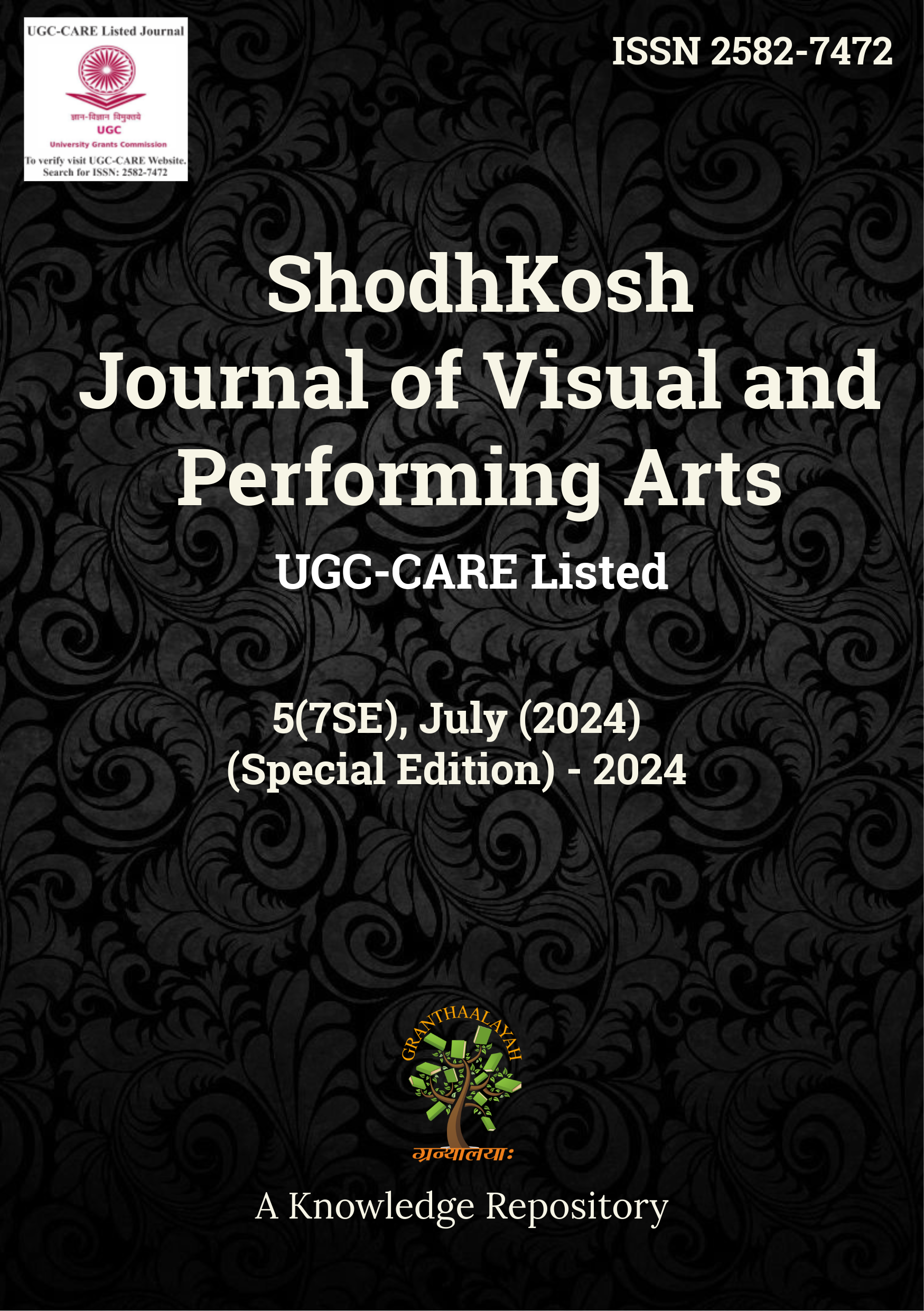THE CHALLENGING REALITY OF MOLCHAM VILLAGE AT THE MANIPUR-MYANMAR BORDER
DOI:
https://doi.org/10.29121/shodhkosh.v5.i7SE.2024.5835Keywords:
Border Pillar, Bailey, Hamilton, Manipur, MolchamAbstract [English]
The situation along the Manipur-Myanmar border is fraught with issues such as illegal crossings, insurgency, and various trafficking-related organised crimes. Although this border area is often perceived as settled and calm from the outside, it is susceptible and marked by numerous unresolved events that have persisted for decades. Both sides of the border have made claims and counterclaims regarding encroachment. Amid this complexity, Molcham village, linked to Border Pillar 66 in the Chandel district of Manipur, has suffered from encroachment and inadequate security management. Its existence remains ambiguous, as it is situated on the Indian side but is claimed by Myanmar as part of its territory. Some village areas have already been infringed upon due to the lack of clear distinction and a disputed boundary. Molcham village, positioned at the border's edge, requires significant improvement and development. A clear picture of inadequacy emerges, characterised by poor road access and a lack of governmental infrastructure typically expected in a border village despite being one of the critical entry points to the neighbouring country. This study employs Explanatory Research to highlight the disputed conditions in Molcham and to shed light on the borderland geopolitics that could protect the village from Burmese encroachment and aggressive territorial claims. Though it is a small village, understanding its geopolitical significance reveals the hidden disputes that can trigger broader concerns. In examining the situation along the Manipur-Myanmar border, prevalent themes of deprivation, underdevelopment, and minimal governmental presence emerge, pointing to a lack of sensitivity in governmental actions. These shortcomings can create negative repercussions in various contexts, exacerbated by the extraordinary permeability and vulnerability of the borderland.
Downloads
Published
How to Cite
Issue
Section
License
Copyright (c) 2024 Jehochand Irengbam, Pukhrambam Malemnganba Meitei, Dr. Ingudam Yaipharemba Singh

This work is licensed under a Creative Commons Attribution 4.0 International License.
With the licence CC-BY, authors retain the copyright, allowing anyone to download, reuse, re-print, modify, distribute, and/or copy their contribution. The work must be properly attributed to its author.
It is not necessary to ask for further permission from the author or journal board.
This journal provides immediate open access to its content on the principle that making research freely available to the public supports a greater global exchange of knowledge.































